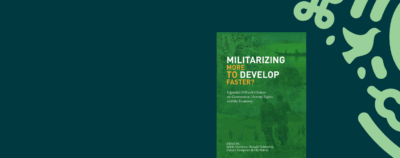The Guardian ran a column by Robin Yassin-Kassab and his wife Rana, each writing half of the piece about Rana’s decision to start wearing a hijab. Robin writes:
What really bothered me was people thinking Rana wore it because I forced her to. Like the nice, liberal Englishwoman who nodded empathetically at Rana’s suffering before asking me how I would react if she ever dared to take it off.
The hijab or its absence are symbolic of many different things in the bigger world out there. The cloth has become a flag waved by Islamists and Islamophobes to define each other. A Western-dressed Muslim woman may be stereotyped as a heroically uncaged virgin, or as the key sign of Muslim cultural loss. A veiled woman may be seen as authentic, or, more usually in the West, as ignorant, backward, repressed and oppressed. To some, Muslim women in headscarves look like unity, power, cultural pride. To others, they look like abused cattle. The hijab is compulsory in public in Saudi Arabia and Iran, and discriminated against by the regimes of Tunisia and Turkey. In some Middle Eastern countries, women’s veils have been forcibly removed by soldiers in the street. Removing it, and putting it on, are loaded political acts.
Read the full article here, and see The Immanent Frame discussion, “The headscarf controversy,” discussing the politics of veiling in Turkey. [via Jezebel]













